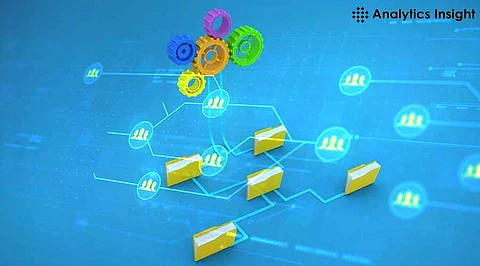

Software development is quite popular with microservices architecture. As with any concept, it provides several advantages but presents many difficulties. Delve into the pros and cons of microservices architecture with us which may help you understand better whether or not it meets the requirements of your organization.
Microservices architecture refers to the application design where the application splits into smaller independent services communicating with each other through APIs. Each independent service would have one functionality and would be individually developed, deployed, and scaled. This is in this regard with the traditional monolithic architecture where all components are integrated into a single application.
One of the biggest advantages of microservices is scalability. All the services could be scaled based on the demand of each service. For example, if one particular service is witnessing high traffic, then it can be scaled up, while the other services are untouched. This flexibility helps consume resources most efficiently and subsequently reduces costs.
Microservices enable faster development and deployment cycles. Independent services are developed parallelly on multiple fronts without waiting for other parts of an application to be ready. Time-to-market of new features and updates is accelerated.
Failure of one service does not mean the entire system will fail in a microservices architecture. The reliability and availability benefit from the fault isolation of the overall application. In case one service fails, it can be quickly identified and remedied without causing a complete outage for an entire system.
Microservices allows the team to decide what technology stack may best fit each service according to its requirements. In other words, different services within the same application can be implemented using different programming languages, databases, and frameworks. This provides more flexibility that may contribute to higher performance and better time efficiency.
Smaller, independent services are easier to comprehend and test. Updating and replacing a service is also less complex than updating the whole application since the architecture is based on modules. This helps in integrating new developers as they would work on particular services rather than the complete system.
Although microservices provide many benefits, they also introduce significant complexity. It requires careful coordination and orchestration for managing so many services. Developers have to face interservice communication, and data consistency, and the management of transactions is a little messy.
The nature of the microservices architecture inherently involves a distributed system, but that too comes with some challenges associated with it. Network latency, service discovery, and load balancing are all critical elements that need to be dealt with carefully. Only if the overall system could handle this properly could communication between services be ensured as reliable.
Since multiple services get deployed and managed, operational overhead increases sharply. Every service would have its deployment pipeline, monitoring, and logging, placing stress on DevOps teams and demanding the use of some advanced tools and practices to tackle complexity.
This often leads to data in a microservices architecture being spread across multiple services and a database per service. While it makes some aspects of the system simpler, managing data becomes tricky because consistency and integrity are more challenging across the various services. Developers have to develop a strategy on how to effectively synchronize data and take care of eventual consistency.
Since there are various services communicating across the network, security for a microservices architecture can be more challenging compared to that of a monolithic application. This is because individual services need to be secure as well as their inter-service communications. Proper and robust mechanisms for authentication, authorization, and encryption must be in place.
Some of the advantages provided by a microservices architecture include scalability, agility, fault isolation, technology diversification, and better maintainability. In turn, among the issues that this has brought along are increased complexity, along with a number of problems inherent in distributed systems, including operational overhead and difficulties in handling data as well as security concerns.
